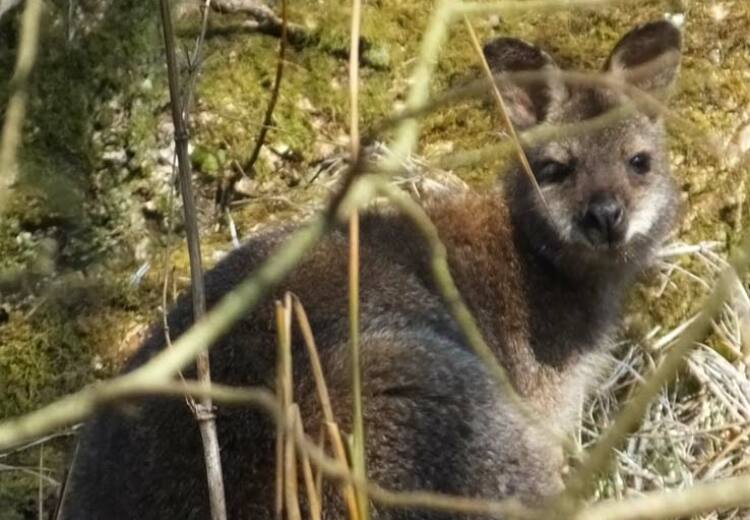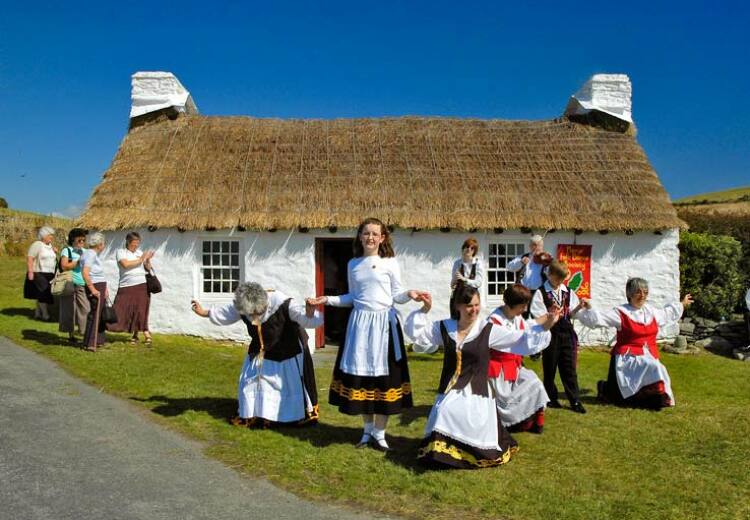PUPILS from two Island primary schools planted a little bit of history today as part of the Trees for Life initiative.
Children from St John's Primary school and Michael Primary School planted trees, which had been grown from saplings, at the Conrhenny Plantation in Lonan.
Under the Trees for Life initiative 500 trees have been planted at the plantation each year over the last three years in order to create a wide broad leaved forest.
Jason Bolt, northern forester, said: "With the Conrhenny Plantation we decided to turn it into a community woodland – gradually losing the commercial element to manage it on a non-commercial basis for leisure use and wildlife.
"From an environmental point of view children can learn where trees come from, nurture and look after them and hopefully come back in years to come. Hopefully they will pass these lessons on to their own children so the more kids involved the better."
Pupils from 12 primary schools had grown five types of deciduous tree including oak, ash, rowan, alder and birch, over the winter.
Under the watchful eye of staff from the Forestry Division of the Department of Environment, Food and Agriculture, the children were assisted in planting their trees.
Joseph Bentley, 7, a pupil at Michael Primary School, explained the process. He said: "We had to dig a hole with a spade and next we put our tree into the hole. Then we put soil around it and stamped it together. Then we put our name and date on the tube."
Each tree is protected by a plastic tube which will stop it being damaged by the elements and wildlife including rabbits and hares who chew the bark.
Cara Davies, 8, also from Michael Primary School, said: "I've built a wall around my tree so that if my name comes off I'll know which is mine. The plastic is so rabbits don't knock it over and to protect it from the weather. Trees are important because they give you oxygen."
The Trees for Life initiative is a joint project between the Department of Education and Children and the Department of Environment, Food and Agriculture. Children learn about trees in the classroom and nurture their sapling before planting their trees and watching them grow.
After pupils have planted their trees it is hoped they will return in future years to see how they are growing. Graeme Watson, access and recreation officer for the Forestry, Amenity and Lands Directorate, told the children: "When you come back you will see lots of changes over the years."
Also see: Children nurture the Trees for Life initiative
All photographs by Tessa Hawley








